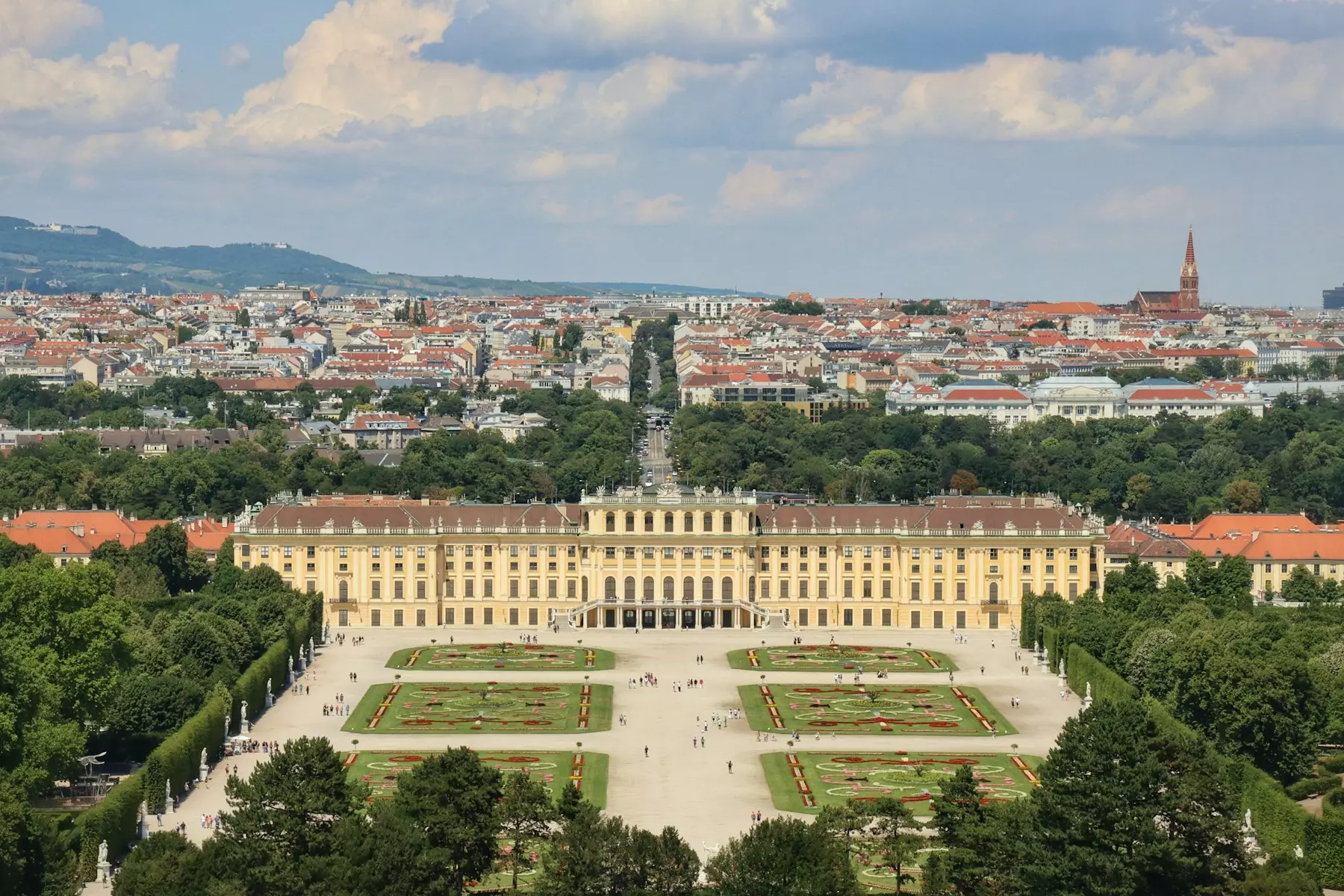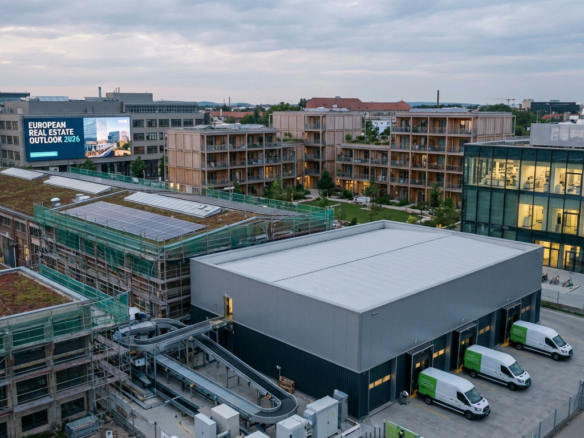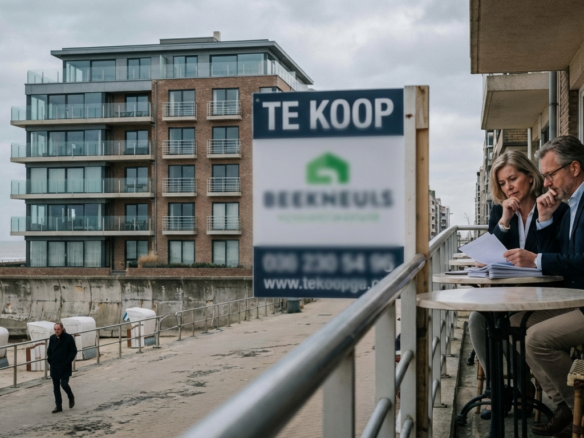Amidst the soaring housing costs and the growing affordability crisis across Europe, Vienna’s unique housing model has emerged as a beacon of possibility. Known for its commitment to affordable and socially sustainable living, the Austrian capital has employed innovative housing strategies that may offer solutions to the region’s escalating housing challenges. With shared ownership schemes, expansive public housing, and a regulated rental market, the Vienna model stands out as a potential roadmap for other European cities grappling with similar issues.
Get 50% OFF!
Subscribe to our newsletter and enjoy a 50% discount on all listing packages, no strings attached!

The Current Housing Crisis in Europe
Across Europe, many cities face significant housing shortages, leading to skyrocketing rents and home prices. In major urban centers like Berlin, Paris, and London, even middle-income families are finding it increasingly difficult to secure affordable housing. According to recent studies, housing costs in certain EU countries have risen by over 30% in the past decade, disproportionately affecting lower-income residents and young families.
The Vienna Model: A Brief Overview
Vienna’s approach to housing comprises three essential pillars: public housing, rent regulation, and the promotion of homeownership. With approximately 60% of the city’s population living in municipal or subsidized housing, Vienna prioritizes accessibility and social inclusion. Public investments in housing have led to the construction of extensive housing complexes that not only provide shelter but also create vibrant communities.
Public Housing Initiatives
Vienna’s public housing projects are characterized by high-quality construction and inclusive design. The city allocates funds to develop new housing units while also maintaining existing ones. The objective is to ensure that housing remains affordable for a broad spectrum of the population. Recent reports highlight that Vienna has maintained rental prices that are significantly lower than in other major cities – averaging around €8 per square meter, well below market rates elsewhere.
Rent Regulation and Tenant Protections
The city has instituted stringent rental regulations that protect tenants from excessive rent increases. This regulatory framework allows for a stable rental market, making housing accessible for long-term residents. For instance, rent control policies implemented ensure that prices cannot climb beyond a predetermined threshold, thereby safeguarding the rights of tenants and promoting stability within neighborhoods.
Promoting Homeownership
Alongside its public housing initiatives, the Vienna model also advocates for shared ownership schemes. These programs allow residents to purchase a portion of their homes while renting the rest, thereby reducing financial barriers to homeownership. This approach has contributed to an 80% homeownership rate in the city, demonstrating both affordability and stability for residents.
Addressing Social and Economic Equity
One of the most vital aspects of the Vienna model is its emphasis on social equity. By integrating different income groups within residential neighborhoods, the city fosters a sense of community and belonging. Sociologist Elfriede Klinger emphasizes that “mixed-income neighborhoods not only encourage social cohesion but also help mitigate the risk of segregation.”
Could the Vienna Model Work Elsewhere?
While the Vienna model presents a compelling case for affordable housing solutions, its implementation in other EU countries may face challenges. Cultural, political, and economic differences can affect the adaptability of Vienna’s strategies. Nevertheless, many urban planners and policymakers are advocating for the adoption of similar programs tailored to local contexts.
As cities like Berlin and Barcelona strive to address their housing crises, examining the success of the Vienna model could provide invaluable insights. The potential for combined public-private partnerships and investments in sustainable building practices could transform the landscape of urban housing across Europe.
Understanding the Vienna Model
The Vienna Model is anchored in the principle that housing is a fundamental right. The city’s public housing system, initiated in the early 20th century, has evolved into a comprehensive framework providing residents with rent-controlled apartments. This system prioritizes affordability and accessibility, which are crucial in a continent where housing prices have skyrocketed, particularly in major urban centers.
Key Features of the Vienna Model
Public Investment in Housing: The Viennese government invests significantly in social housing projects. As of recent data, around 25,000 new apartments have been constructed annually, emphasizing the commitment to affordability.
Mix of Ownership: The model features a diverse ownership structure, combining public, cooperatively-owned, and privately rented properties. This mixture helps create inclusive communities that cater to various income levels.
Long-term Rent Control: Rents in Vienna are typically set below market rates, allowing tenants to maintain housing stability. The average monthly rent in subsidized apartments is approximately €6.50 per square meter, a stark contrast to private market prices which can exceed €12.
Sustainability Initiatives: Vienna is mindful of sustainability in its housing policies, integrating green building practices and energy efficiency into housing developments. This aligns with broader EU goals of promoting environmentally friendly living spaces.
Statistics That Speak Volumes
- Nearly 60% of Vienna’s residents are tenants living in public or subsidized apartments, showcasing the efficacy of the model in providing affordable options.
- The city has made €30 billion in investments toward housing since 2014, funding diverse housing projects aimed at lowering living costs for its citizens.
Challenges and Considerations
While the Vienna Model presents a promising solution, it is not without its challenges. Critics argue that scaling this model across other EU cities might face hurdles related to implementation difficulties, political resistance, and funding constraints. Additionally, replicating Vienna’s comprehensive approach requires strong political will and public support, which can vary significantly across regions.
Quotes from Experts
Housing policy experts have noted the importance of public involvement in Vienna’s success. Professor Niels Bohr states, “Vienna’s approach demonstrates that government intervention can create sustainable housing solutions when done with foresight and inclusivity.”
Implications for Other EU Cities
Cities across Europe are beginning to take notice of Vienna’s success. In light of rising rents in places like Berlin, Paris, and Barcelona, certain local governments are exploring similar policies. The emphasis on affordable housing could guide these cities toward a more equitable housing landscape, where access is determined less by income disparity and more by community needs.
One case in point is the Barcelona Housing Plan, which has implemented measures inspired by Vienna’s approach, including increased public housing development and stricter rent controls.
Conclusion
The Vienna Model showcases a proactive and inclusive approach to urban housing challenges. As European cities grapple with the repercussions of inadequate housing policies, the lessons drawn from Vienna may offer viable solutions. By prioritizing public investment, diversifying housing ownership, and maintaining long-term rent stability, other cities can work toward alleviating the housing crisis that affects millions. More importantly, the rise of accessible and affordable housing might pave the way for vibrant, sustainable communities across Europe.
By addressing these issues with effective frameworks, cities can ensure that housing remains within reach for all citizens, fostering a healthier and more equitable society.





Join The Discussion